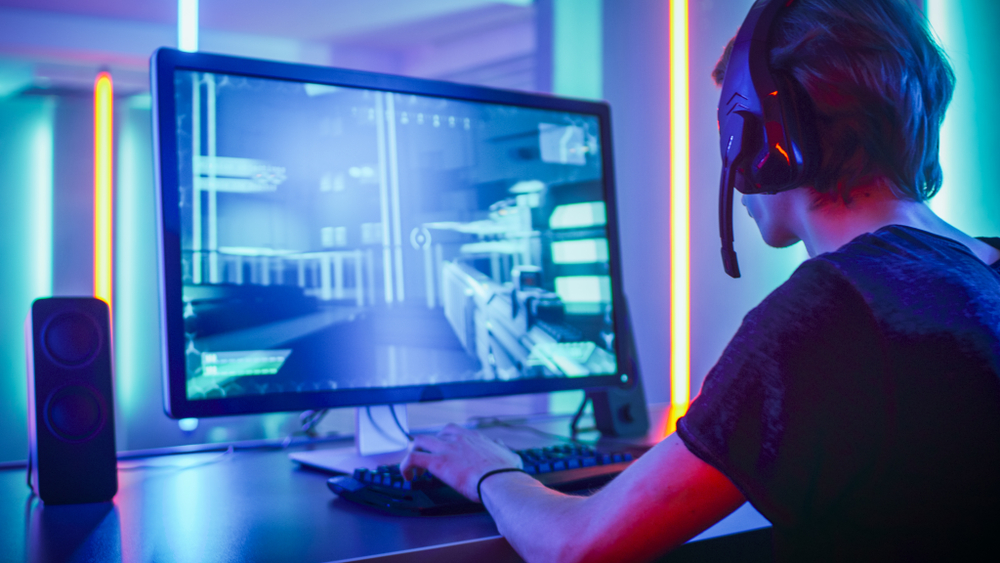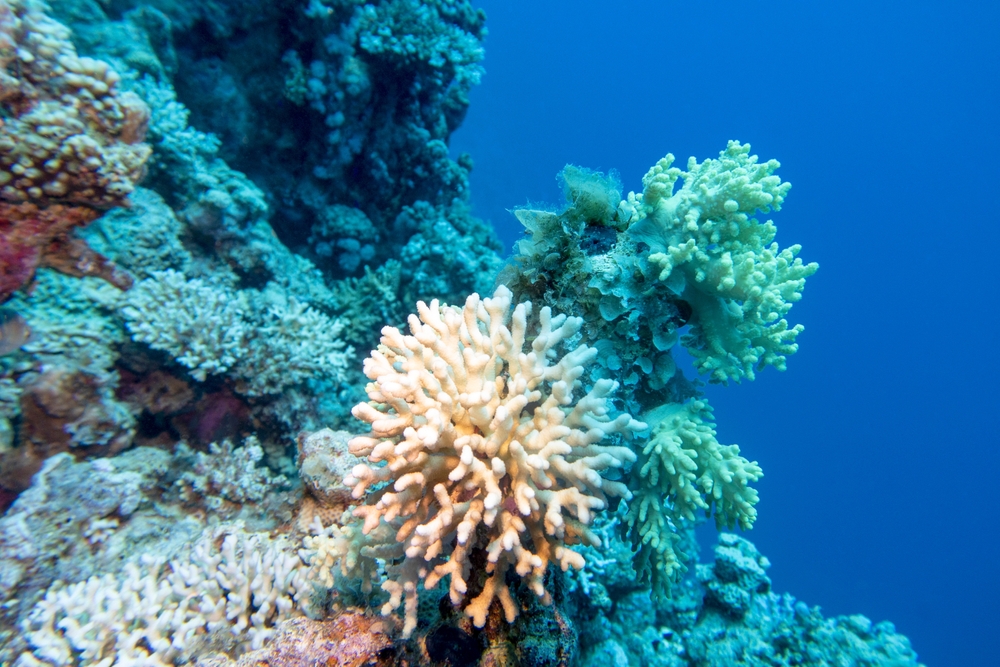Artificial intelligence (AI) is extremely valuable for basically all parts of society, allowing more efficient, accurate, and speedy decisions. For example, this AI algorithm that assesses and prioritizes patients to either the ICU or a general hospital bed, or this AI-powered robot that can sort through recyclables.
AI works by training a computer program with a large set of data, allowing it to learn what each data point means. For example, these AI glasses that allow blind users what they are looking at were firstly fed images with a definition and text. After a sufficient amount of data was inputted, the software was able to recognize everyday objects and street signs in multiple languages.
These programs essentially act as a brain, taking in information and learning from their experiences as they go. As we look to our surroundings for inspiration, scientists have modeled many programs off the brain itself, a type of structure called a “neural-network.” Here, more complex information exchange can take place, less energy is used, and there is even some potential for self-healing abilities.
Scientists are currently pouring huge amounts of data into these algorithms in a linear, list-like manner to train them, however, an international team of researchers believes this is the wrong approach. They argue that as AI works similarly to how brains do, there are much better ways to learn from unstructured data than humans do in our infancy! Many researchers already make parallels between systems and the mental development of humans, so maybe it’s time we looked to our own kind to overcome some limitations of machine learning.
“Artificial intelligence (AI) has made tremendous progress in the last decade, giving us smart speakers, autopilots in cars, ever-smarter apps, and enhanced medical diagnosis. These exciting developments in AI have been achieved thanks to machine learning which uses enormous datasets to train artificial neural network models,” explained Dr. Lorijn Zaadnoordijk who worked on the project.
They continued: “However, progress is stalling in many areas because the datasets that machines learn from must be painstakingly curated by humans. But we know that learning can be done much more efficiently because infants don’t learn this way! They learn by experiencing the world around them, sometimes by even seeing something just once.”
“Artificial neural networks were in parts inspired by the brain. Similar to infants, they rely on learning, but current implementations are very different from human (and animal) learning. Through interdisciplinary research, babies can help unlock the next generation of AI,” added Professor Rhodri Cusack, author of the project.
Source study: Nature Machine Intelligence – Lessons from infant learning for unsupervised machine learning












